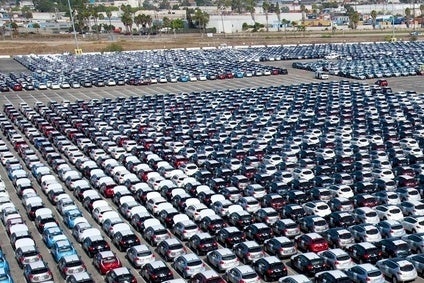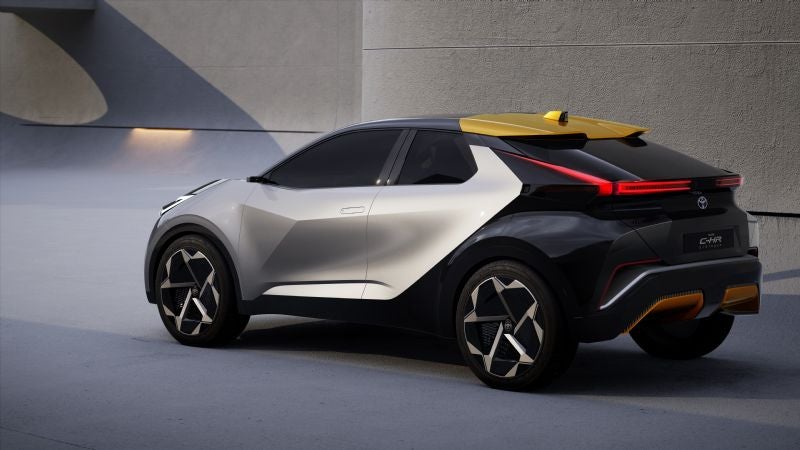Japan’s new vehicle sales rose 11% to 397,672 units in October 2023 after rebounding strongly to 359,159 units a year earlier, according to the Japan Automobile Manufacturers Association.
Vehicle sales continued to recover from last year’s supply chain bottlenecks when acute shortages of semiconductors severely impacted vehicle output. The country’s economy expanded by a revised 4.8% year on year in the second quarter, driven mainly by a rebound in exports after last year’s manufacturing disruption, following 2.7% growth in the first quarter. Household spending in the country has slowed significantly in recent months, however, as consumers struggle with fast rising prices.
In the first 10 months of 2023, the vehicle market expanded 15% to 4,005,158 units after declining 10% to 3,120,718 last year. Passenger vehicle sales rose 17% to 3,347,111 units while truck sales were 5% higher at 651,337. Sales of buses and coaches surged 50% to 6,710 as demand for travel continued to recover following the Covid lockdowns.
Toyota sales increased 28% to 1,335,139 units year to date following its severe supply chain shortages last year while Suzuki sales rose 11% to 548,421 units; Daihatsu 496,551 (+7%); Honda 482,055 (+3%); Nissan 408,069 (+8%); and Mazda 154,022 (+12%).
Hyundai Motor said it plans to strengthen its zero emission vehicle range in Japan by adding two electric vehicle models, the Kona Electric and the Ioniq 5 N performance model. The company already sells the Nexo hydrogen fuel cell car and Ioniq 5 crossover vehicle there directly through its online sales platform although it also has 'customer experience centres' and service outlets.
















